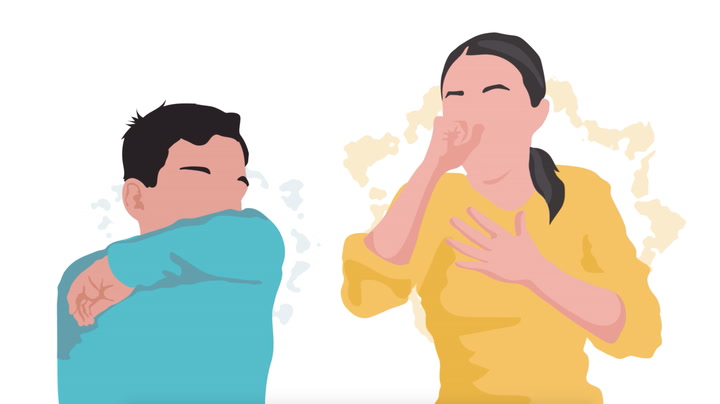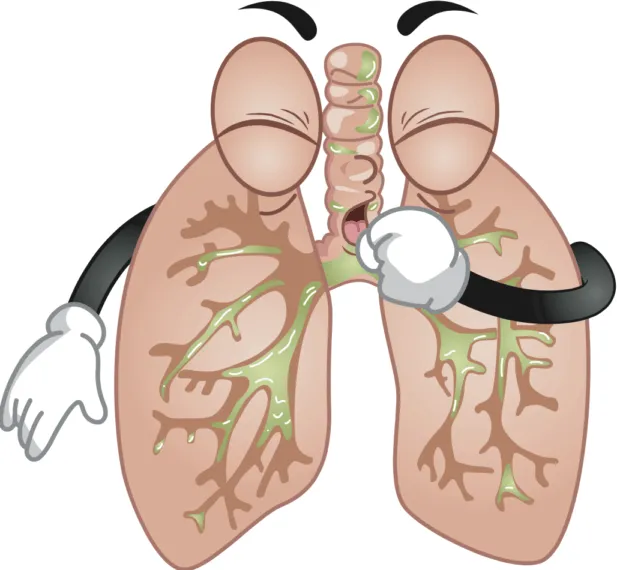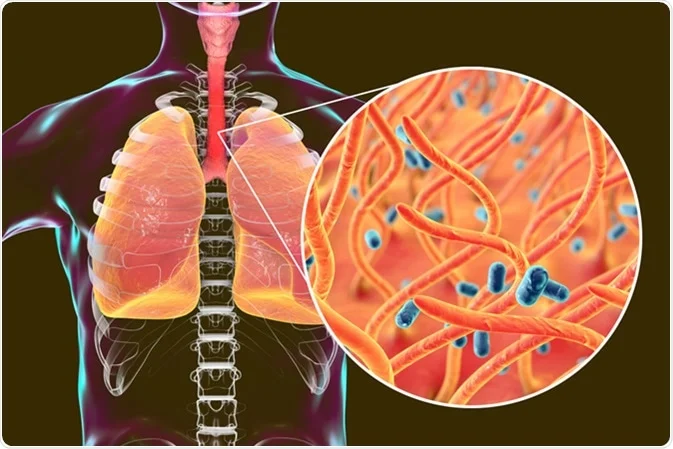
What is B pertussis and B parapertussis
B pertussis and B parapertussis cause whooping cough (pertussis) in humans. Other members of the genus are B bronchiseptica, which causes respiratory disease in various animals and is only occasionally found in humans.
Bordetella pertussis – Introduction
Whooping cough or pertussis is a contagious, acute respiratory illness caused by the Gram-negative coccobacillus Bordetella pertussis [1]. It is characterised by a paroxysmal cough, although symptoms can be atypical in infants younger than five months, and even fatal [2]. Pertussis in adolescents and adults is typically milder and presents with less severe symptoms [3], but is still of particular concern due to the associated risk of contagion [4]. Despite existing vaccination programmes, the number of whooping cough cases is still rising in Europe [5, 6] and North America [7].
Besides B. pertussis, three other members of the Bordetella genus are associated with respiratory infection in humans: B. parapertussis, B. holmesii, and to a lesser degree B. bronchiseptica [8].

These Bordetella species can cause respiratory disease with nonspecific symptoms as well as symptoms similar to those caused by B. pertussis, but milder [9]. However, pertussis vaccines do not provide cross-protection against these related Bordetella spp. [10, 11] Therefore, the differentiation of B. pertussis from other Bordetella spp. in respiratory illness is important for the evaluation of the vaccines’ efficacy, as misdiagnosis can lead to misinterpretation of the vaccines’ failure rate. Moreover, accurate identification of B. pertussis is needed to determine the necessity of prophylactic antibiotic treatment for the index cases and their contacts, as its utility in B. parapertussis and B. holmesii cases is still unclear [12, 13, 14].
As culture is difficult and lacks sensitivity, the diagnosis of Bordetella spp. infections often involves real-time polymerase chain reaction (PCR) of nasopharyngeal specimens, which is much more sensitive than bacterial culturing [15, 16, 17]. Segments of insertion sequences (IS) are often used as targets, particularly IS481 and IS1001 for B. pertussis and B. parapertussis respectively. Tests using these targets are sensitive because the IS are present in numerous copies in the bacterial genomes, but they are not species-specific. IS481 is found in B. pertussis, B. holmesii, and some B. bronchiseptica [16]. IS1001 is found in B. parapertussis and some B. bronchiseptica [17]. While hIS1001, which is found in B. holmesii, is highly homologous to IS1001, there are some sequence differences [17]. Thus, IS481 and IS1001 can be used as targets for screening, but confirmation with other targets will improve specificity.
IS1002 and recA have been used previously as secondary targets [18, 19]. IS1002 is found in B. pertussis, B. parapertussis, and some B. bronchiseptica, while recA is found in B. holmesii. Other Bordetella spp. also carry recA, but several polymorphisms allow for specific targeting [18]. When combined, the targets IS481, IS1001, IS1002, and recA can be used to differentiate Bordetella spp. in respiratory illness. IS481 and IS1001 can be used to screen for B. pertussis and B. parapertussis respectively, while IS1002 can confirm a positive screen, or alternatively, absence of IS1002 and presence of recA confirms a case of B. holmesii.
Most commercially available diagnostic PCR assays for pertussis use fewer targets and do not differentiate between B. pertussis and other Bordetella spp. such as B. holmesii. In order to improve specificity, we evaluate the use of the four PCR targets IS481, IS1001, IS1002, and recA, in the differentiation of B. pertussis from other Bordetella spp. that cause respiratory illness. Furthermore, we describe the incidence of respiratory infections caused by Bordetella spp. in Belgium from 2013 until 2015 using the described assay.







